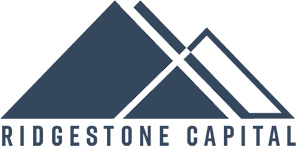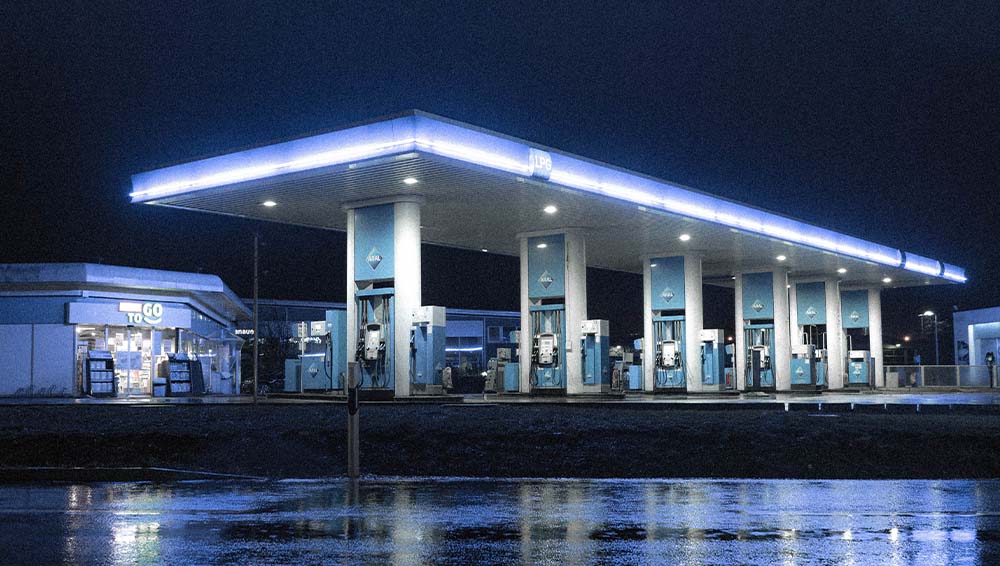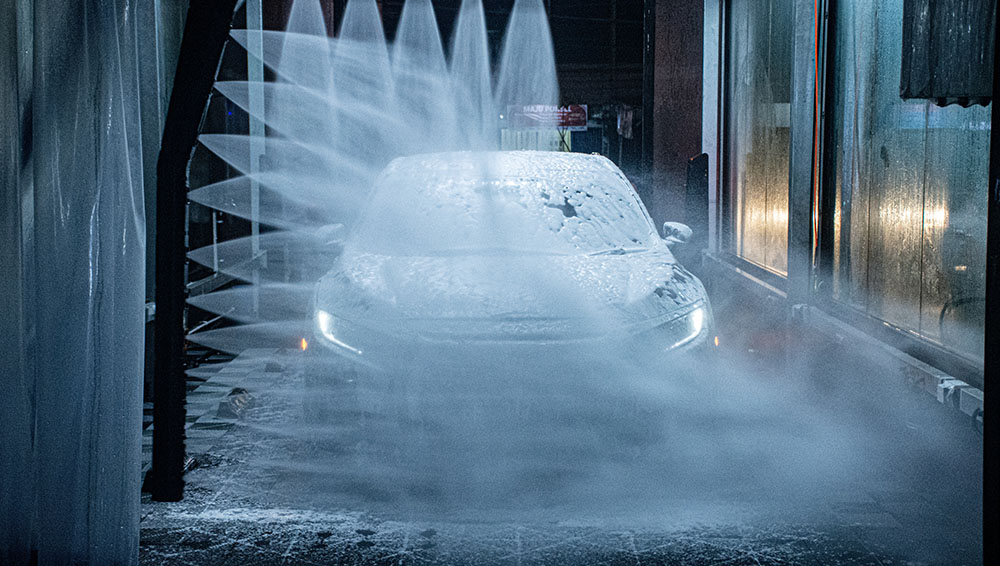Whether you’re looking for start-up capital, buying inventory, or purchasing new equipment, save your operating funds through business equipment leasing.
Often, business owners put off upscaling their business or getting much-needed business equipment because they believe the process of financing or borrowing money is a significant hassle. Start-ups will shy away from obtaining start-up capital or lease their inventory and equipment for the same reason. However, leasing these assets not only helps you build up operating capital, but it also helps build your credit over time.
Two types of Leases
There are two principal types of leases: Operating Leases and Capital Leases. However, the accounting treatment of each type is vastly different.
Here we explain those differences:
Operating Lease
As the name implies, this type of lease allows you to “operate” your business. You “rent” the equipment, and the lessor retains title as well as ownership—it does not transfer to you.
At the end of the lease, without further obligation, the asset is returned to the lessor; you can walk away or start the process over for newer, updated equipment.
Your company can deduct the full amount of the monthly payments. There is no depreciation taken, and the asset is not shown on the company’s balance sheet.
Three of the most significant aspects of an operating lease are:
- No down payment
- The entire lease payment is expensed
- Obtain new equipment every 1-2 years
Capital Lease (Finance Lease)
With a capital lease, you are buying the asset over time; you do not return the asset at the end of the contract.
Once the lease is satisfied, the title is transferred to you. Assets financed through capital leases are shown on the balance sheet at present value, as well as the corresponding note, which is the net current value of all future payments.
The most substantial attributes of capital leases are:
- They show the stability of your company (owning vs. renting)
- They improve your net worth
- The Assets are capitalized on the Balance Sheet
- Depreciation is taken on the assets, reducing taxable income
- Interest is also expensed, further reducing taxable income
- The equipment you are leasing is considered the collateral in an equipment lease
The FASB (Financial Accounting Standards Board) requires that at least one of these conditions be met for the contract to qualify as a capital lease:
- Title to the equipment transfers automatically to the lessee at the end of the lease term
- A purchase option to buy out the equipment at the end of the contract for significantly less than FMV (Fair Market Value); often set at a $1 purchase
- The lease term is greater than 75% of the useful life of the equipment
- The lease payments’ present value is higher than 90% of the FMV of the equipment.
Drawbacks and Benefits of Business Equipment Leasing
Operating leases are typically used for:
- high-tech pieces of equipment
- leasing copiers for your office
- vehicle leases (since they are turned in for newer models)
- vans and trucks used for delivery
Capital leases are used:
- When leasing a long-term use piece of machinery
Two significant drawbacks to equipment leasing are:
- May be more expensive
- Some leases (operating)are not eligible for depreciation
Funding your business through business equipment leases, without having to finance a purchase, is an excellent alternative to depleting your operating funds.
RidgeStone Capital can save your operating capital and provide you with the best options for business equipment leasing at the best rates to suit your budget.
Reach out to RidgeStone Capital today to see how we can help with your next business equipment lease.






